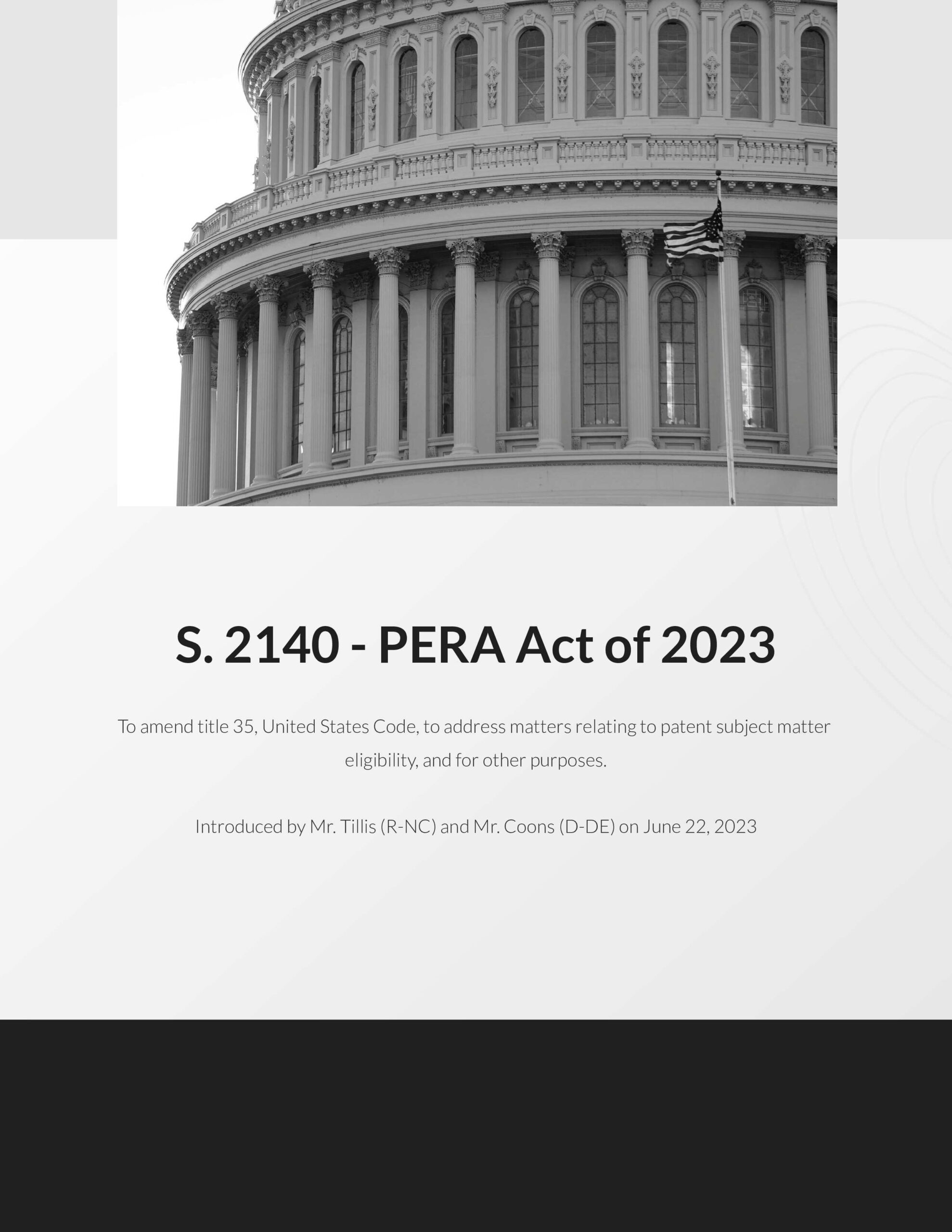Clear, strong, and effective patent incentives are essential to enabling investments in the wide range of innovative technologies critical to the economic and global competitiveness of the United States, as well as its national security. Unfortunately, recent Supreme Court decisions have caused confusion and limitations in patent eligibility law, resulting in inconsistent case decisions, uncertainty within innovation and investment communities, and unpredictable business outcomes. This has led to a decrease in private capital needed to drive innovation in critical industries.
As of 2021, all 12 sitting judges of the U.S. Court of Appeals for the Federal Circuit have expressed concerns over the state of the law. Stakeholders from various industries, interest groups, and academia have also highlighted the uncertainty and negative impacts stemming from the confusion surrounding patent eligibility.
There is now widespread bipartisan agreement in Congress and across recent Administrations that reforms are necessary to restore the United States to a position of global leadership in technology and innovation, particularly in fields like medical diagnostics, biotechnology, personalized medicine, artificial intelligence, 5G, and blockchain.
The Patent Eligibility Restoration Act of 2023 addresses these challenges by restoring patent eligibility for key inventions across many fields while resolving legitimate concerns about patenting abstract ideas, natural discoveries, and social or cultural content, which are beyond the scope of the patent system. The Act preserves the existing statutory categories of eligible subject matter that have worked effectively for over two centuries and establishes a clear and comprehensive list of excluded subject matter to eliminate inappropriate eligibility constraints. This is a critical step in promoting technology-based innovation and ensuring the U.S. remains a global leader in technological advancement.
